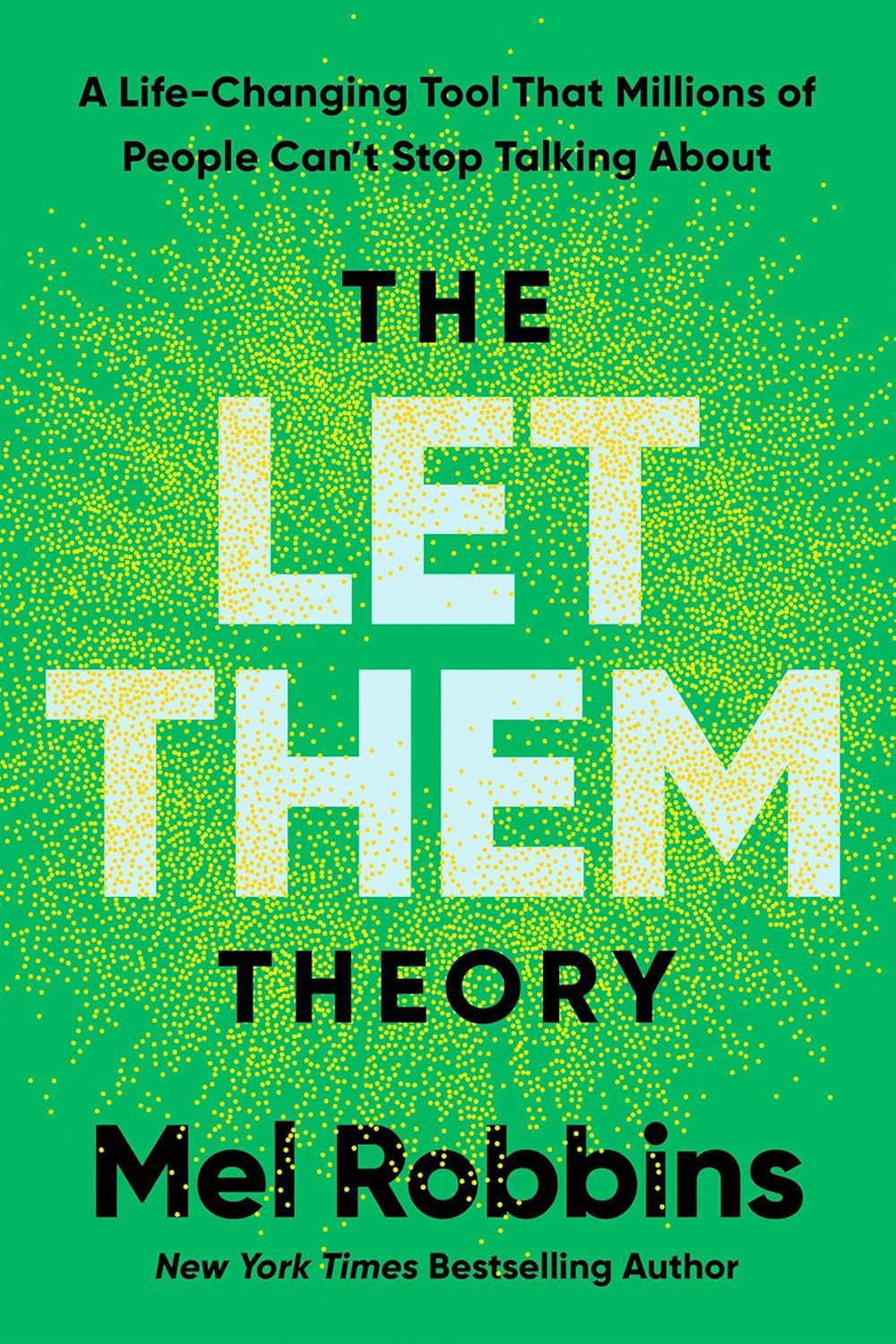
Book Review of “Let Them Theory”: How to Build Boundaries Without Burning Out
A few years back, I found myself spiraling after a coworker skipped a deadline… again. I’d done everything “right.” How I wish I stumbled across Mel Robbins’ The Let Them Theory: A Life-Changing Tool That Millions of People Can’t Stop Talking About back then, because something clicked when I read it. Instead of stressing over things I couldn’t control, I should have tried a new approach: I should have let them.
That might sound passive. But as Mel Robbins explains in her book , it’s anything but.
The Let Them Theory is a shift from control to clarity. Instead of trying to change someone else’s behavior, you step back and ask: “What’s mine to carry here?”
At first glance, it might seem similar to the “Circles of Control and Influence” model many of us know:
- What I can control
- What I can influence
- What’s out of my hands
But Let Them goes deeper emotionally. Instead of simply “letting it go,” it challenges you to observe without interference. When others act, you let them—and then decide how you want to respond. That’s radical acceptance, in action.
When you notice yourself spinning in analysis or frustration, take a breath. Here’s a helpful guide on moving from overthinking to mindful action.
A few powerful takeaways from the book
🔹 “Let Them” ≠ giving up.
It’s giving up control that was never yours to begin with—and reclaiming the power you do have: how you show up, what you tolerate, what boundaries you set.
🔹 “Let Me” is the other half of the equation.
Mel Robbins reminds us that the flip side of letting others be who they are is giving ourselves permission to do the same. It’s not just “Let them flake.” It’s also: “Let me stop bending over backwards for unreliable people.”
🔹 You stop chasing, fixing, or overfunctioning.
Whether it’s a friend who ghosts, a manager who micromanages, or a partner who keeps promising change but not following through—this mantra helps you stop trying to make other people behave, and start choosing what you will do next.
How the Let Them Theory Improves Resilience at Work
As someone who teaches the science of happiness and engagement in organizations, I couldn’t help but see how Let Them connects to resilience, psychological safety, and even better performance.
When we stop wasting energy on managing other people’s reactions, we have more bandwidth for things that matter: creativity, collaboration, meaningful progress.
Here’s how this looks in a few common work scenarios:
| Situation | Circles Model | Let Them Theory |
|---|---|---|
| A teammate takes credit for your idea | Speak up, clarify your contribution | Let them. Then decide how you want to advocate for yourself—calmly, clearly, without chasing validation. |
| Your boss is disorganized | Ask for clarity, prep early | Let them be last-minute. Protect your peace. Set your limits. |
| A colleague dominates meetings | Raise your hand, request space | Let them interrupt. Don’t let it define your worth. Find other ways to be heard. |
“Let Them” for Type A’s and High D’s: Not Weak—Wise
Confession: I’m wired for action. Under DISC, I’m a high D—decisive, driven, do-it-now energy. I like things efficient, effective, and (ideally) under control. So when I first found about the Let Them Theory, I thought:
“Let them flake? Let them screw it up? Are you kidding me?”
But here’s what I’ve learned: Let Them Theory isn’t about becoming passive. Instead, it’s a call to become selective. Rather than burning out trying to control the unchangeable, you spend your drive where it truly matters.
This doesn’t mean “be a doormat.”
It means: stop mopping up everyone else’s mess.
That might mean:
- Letting someone drop the ball—so you stop enabling and they start learning.
- Letting a bad idea run its course—because you’ve spoken up, and now it’s not yours to carry.
- Letting a team member struggle—while offering support without taking over.
Let Them doesn’t tame your power. It refines it. It keeps you from over-functioning, micromanaging, or playing the hero when it’s not needed (or wanted).
For people like us, the real flex isn’t control. It’s restraint.
It’s not always easy—but it is freeing.
Letting someone flake, interrupt, criticize, or drift away doesn’t mean you’re okay with it. It means you’re done overfunctioning, overexplaining, and overextending.
You let them.
You let you.
And in that space, you choose: peace, purpose, and maybe even joy.
Want to try it this week?
Pick one situation where you’re feeling frustrated or over-invested. Ask yourself: “What happens if I let them?”
Then ask: “What do I need?”
You might be surprised at how empowering it feels.